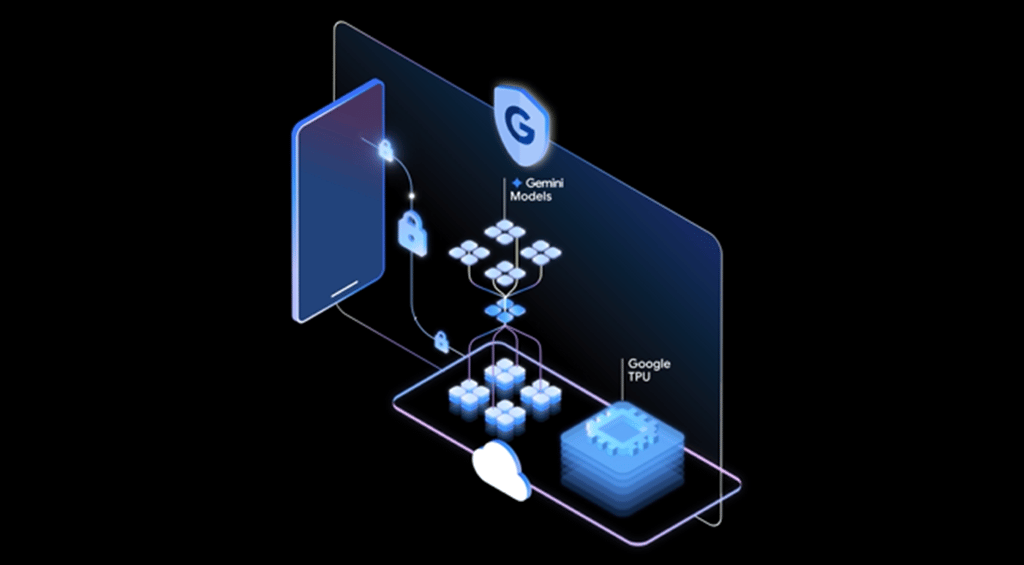Datamation content and product recommendations are
editorially independent. We may make money when you click on links
to our partners.
Learn More
This is CES week, when a bunch of products are typically announced that employees want to use at work.
It used to be that those of us in IT could just laugh at the idea. But since the iPhone we aren’t laughing that much anymore. While we didn’t need to worry about iPods much, the invasion of the iPhones, iPads, Android phones and tablets have got many of us up on edge.
Cloud Storage and Backup Benefits
Protecting your company’s data is critical. Cloud storage with automated backup is scalable, flexible and provides peace of mind. Cobalt Iron’s enterprise-grade backup and recovery solution is known for its hands-free automation and reliability, at a lower cost. Cloud backup that just works.
SCHEDULE FREE CONSULT/DEMO
However, one announcement at CES could actually lower our risks rather than raise them, particularly if we are in the mid-market or focused on equipping small satellite offices: OnLive, an on-line gaming company, announced a cloud-based Windows desktop complete with applications, eventually including high performance applications like CAD or media editing.
What makes this particularly interesting is that these applications will be able to run on iPads and Android tablets more safely than if they ran (which they can’t) locally.
In short, they launched an offering with a similar promise to Citrix but without the massive costs and avoiding most of the performance penalties. It is called the OnLive Desktop and it promises to revolutionize what you use. In theory it could run on your car and will run on some TVs this year for instance.
OnLive
I’ve been fascinated by OnLive since it launched last year because it does what a Robbie Bach, the ex-head of Microsoft’s media division, said couldn’t be done: it streams high performance games.
They created a unique type of server that fully emulates a high performance PC and then they stream the desktop to a remote device. Initially these devices were PCs but they have expended to TVs and most recently tablets.
Their only limitation is bandwidth, latency, and the physical dimensions of the device. For instance while the OnLive client will likely run on some smartphones, the Windows user interface would truly suck on such a device and it wouldn’t be usable.
What is really interesting is the OnLive servers don’t come in one flavor. They range from minimal performance up to massive capability designed to support top end games.
This same high-end capability can be used to drive CAD or Media creation applications that would typically require a workstation costing several times the cost of a standard desktop. Granted, as you raised the resolution up to what might be required, in many cases you’d likely hit network bandwidth limits at the very high end. But for folks who are just reviewing a product or needing to work on a project from home the tradeoffs could be acceptable – and the cost savings potentially mammoth.
Now the initial offering is really tailored for small business or remote shops with few users, as they haven’t yet cooked up an enterprise offering or put in place a program where you could buy your own servers and implement this solution on premise (likely a requirement for many if not most enterprises). However, initially the service is provided for free on an “as available” basis, making it very inexpensive to test.
Looking Forward
To me this really represents the promise of a cloud desktop. Currently high bandwidth wireless capability is just adequate for this service with a 3G radio, and it gets vastly better with 4G. But given network overcapacity with carriers like AT&T the best bet for a service like this now is on a good Wi-Fi or wired network link where it provides the best performance.
Still, I’ve been messing with a Samsung Galaxy Tablet for OnLive gaming and the result is livable. However, Windows 7 just doesn’t have a great touch interface and most games and applications aren’t designed for touch yet.
However, as we move into the Windows 8 timeframe, suddenly touch will become the preferred interface and touch on a tablet will become primary for Windows applications and games. Now taking a service like OnLive and moving ahead to Windows 8 provides some interesting possibilities. It could provide easy ways to get employees used to this new operating system version and allow testing on tablets without actually having to buy one first.
Right now I use OnLive to look at new video games (mostly to make sure I don’t give gifts to kids that will get me in trouble with parents) but this could be a great way to test software without having to actually install it on a PC. Image testing could be shifted to the cloud for approval and, in some cases, the corporate image in BYOB (Bring Your Own Box) could be provided this way. This would assure the employee doesn’t screw it up and enable security to be maintained over it should the employee lose their PC or tablet.
In many ways, OnLive may be the first 3rd generation thin client or first truly Cloud-based thin client offering, and it suggests some interesting coming changes.
Wrapping Up: Desktop As A Service
We are clearly on a path to transform computing to a service that can be provided on multiple platforms. Interestingly, gaming took the lead here and legends like Trip Hawkins have been arguing that building hardware is just not a good strategy for software anymore.
OnLive, with their desktop announcement, moves us one step closer to treating computing more like you’d treat any other online service: as something you’d subscribe to and someone else would generally worry about. In the end I think we are just at the beginning of this change and a decade from now will wonder why anyone ever loaded, patched, or maintained their own software.
-
Ethics and Artificial Intelligence: Driving Greater Equality
FEATURE | By James Maguire,
December 16, 2020
-
AI vs. Machine Learning vs. Deep Learning
FEATURE | By Cynthia Harvey,
December 11, 2020
-
Huawei’s AI Update: Things Are Moving Faster Than We Think
FEATURE | By Rob Enderle,
December 04, 2020
-
Keeping Machine Learning Algorithms Honest in the ‘Ethics-First’ Era
ARTIFICIAL INTELLIGENCE | By Guest Author,
November 18, 2020
-
Key Trends in Chatbots and RPA
FEATURE | By Guest Author,
November 10, 2020
-
Top 10 AIOps Companies
FEATURE | By Samuel Greengard,
November 05, 2020
-
What is Text Analysis?
ARTIFICIAL INTELLIGENCE | By Guest Author,
November 02, 2020
-
How Intel’s Work With Autonomous Cars Could Redefine General Purpose AI
ARTIFICIAL INTELLIGENCE | By Rob Enderle,
October 29, 2020
-
Dell Technologies World: Weaving Together Human And Machine Interaction For AI And Robotics
ARTIFICIAL INTELLIGENCE | By Rob Enderle,
October 23, 2020
-
The Super Moderator, or How IBM Project Debater Could Save Social Media
FEATURE | By Rob Enderle,
October 16, 2020
-
Top 10 Chatbot Platforms
FEATURE | By Cynthia Harvey,
October 07, 2020
-
Finding a Career Path in AI
ARTIFICIAL INTELLIGENCE | By Guest Author,
October 05, 2020
-
CIOs Discuss the Promise of AI and Data Science
FEATURE | By Guest Author,
September 25, 2020
-
Microsoft Is Building An AI Product That Could Predict The Future
FEATURE | By Rob Enderle,
September 25, 2020
-
Top 10 Machine Learning Companies 2021
FEATURE | By Cynthia Harvey,
September 22, 2020
-
NVIDIA and ARM: Massively Changing The AI Landscape
ARTIFICIAL INTELLIGENCE | By Rob Enderle,
September 18, 2020
-
Continuous Intelligence: Expert Discussion [Video and Podcast]
ARTIFICIAL INTELLIGENCE | By James Maguire,
September 14, 2020
-
Artificial Intelligence: Governance and Ethics [Video]
ARTIFICIAL INTELLIGENCE | By James Maguire,
September 13, 2020
-
IBM Watson At The US Open: Showcasing The Power Of A Mature Enterprise-Class AI
FEATURE | By Rob Enderle,
September 11, 2020
-
Artificial Intelligence: Perception vs. Reality
FEATURE | By James Maguire,
September 09, 2020
SEE ALL
CLOUD ARTICLES







